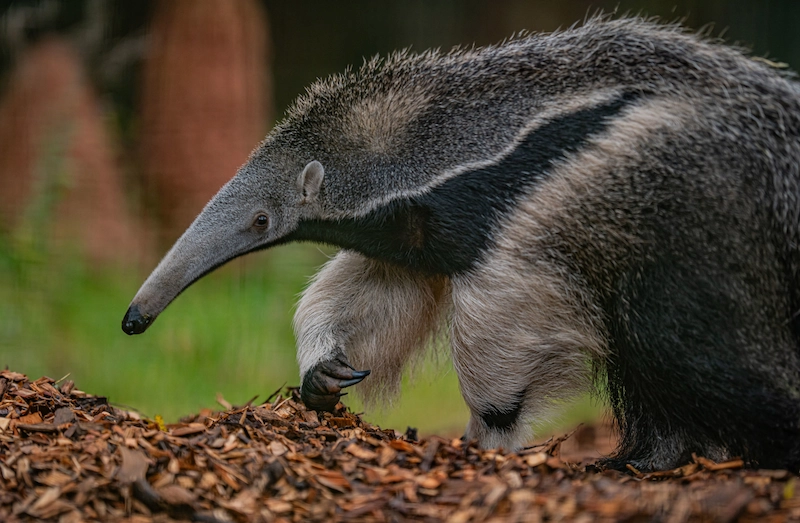From Pampas Pastures to Andean Cliffs
Wilhelma’s South American Zone offers a vibrant glimpse into one of the most ecologically diverse continents on Earth. From open grasslands to rocky highlands, the exhibits recreate natural habitats for an impressive array of species, many of which live in mixed-species communities, reflecting their coexistence in the wild.
At a glance:
Animal species: alpacas, giant anteaters, maras, rheas, tapirs, peccaries, maned wolves, spectacled bears, caracaras
News: Two lowland tapirs arrived at Wilhelma in April 2022
Fun fact: Wilhelma once housed Europe’s last mountain tapir, a female named Anja, who died in 1997 at age 27
Pampas Life: A Peaceful Coexistence
The large shared enclosure, originally opened in 1977 for the Federal Garden Show, houses a peaceful mix of alpacas, giant anteaters, rheas, and maras (also called Pampas hares). Their communal lifestyle on the green pasture showcases how different species can harmoniously share space.
Nearby, collared peccaries and lowland tapirs roam together. As the largest land mammal of South America, the tapir adds a majestic presence to this zone.
Wolves on Stilts & Bears in Hammocks
Opposite the communal enclosure, the maned wolves inhabit a dry scrubland dotted with tall grasses and shelter. Active at dawn and dusk, these elegant canids use their extra-long legs to see above tall savanna grasses—an adaptation to their native environment.
Behind them, the rugged Andean-style enclosure is home to the charismatic spectacled bears, now the sole residents after the departure of the Syrian brown bears. The space has been enriched with climbing trees, shelters, and hammocks, offering the bears the chance to climb, nap, and explore just as they would in the wild.
Curious Caracaras
From the Andean cliffs to the southernmost coastlines, Wilhelma’s Falkland caracaras represent one of South America’s most resourceful birds. Native to the Falkland Islands and Tierra del Fuego, these clever scavengers walk more than they fly and explore their environment with parrot-like curiosity. At Wilhelma, they regularly investigate pylons, roots, and puzzle boxes, keeping their sharp minds—and beaks—active.


